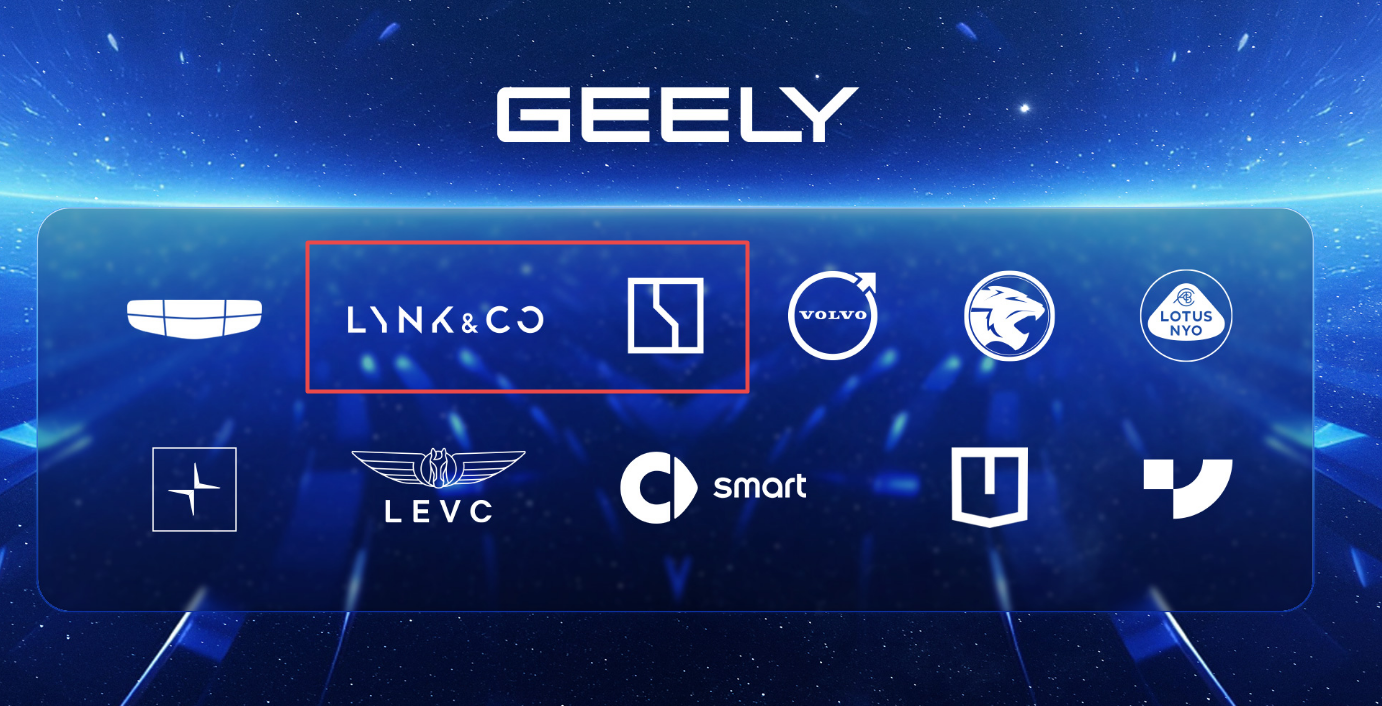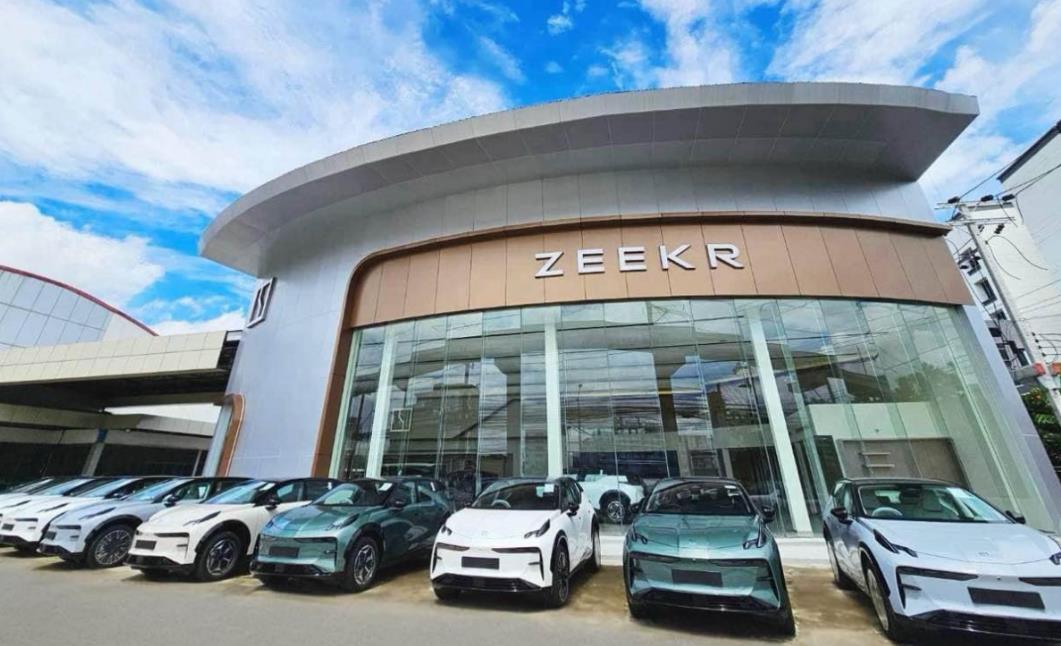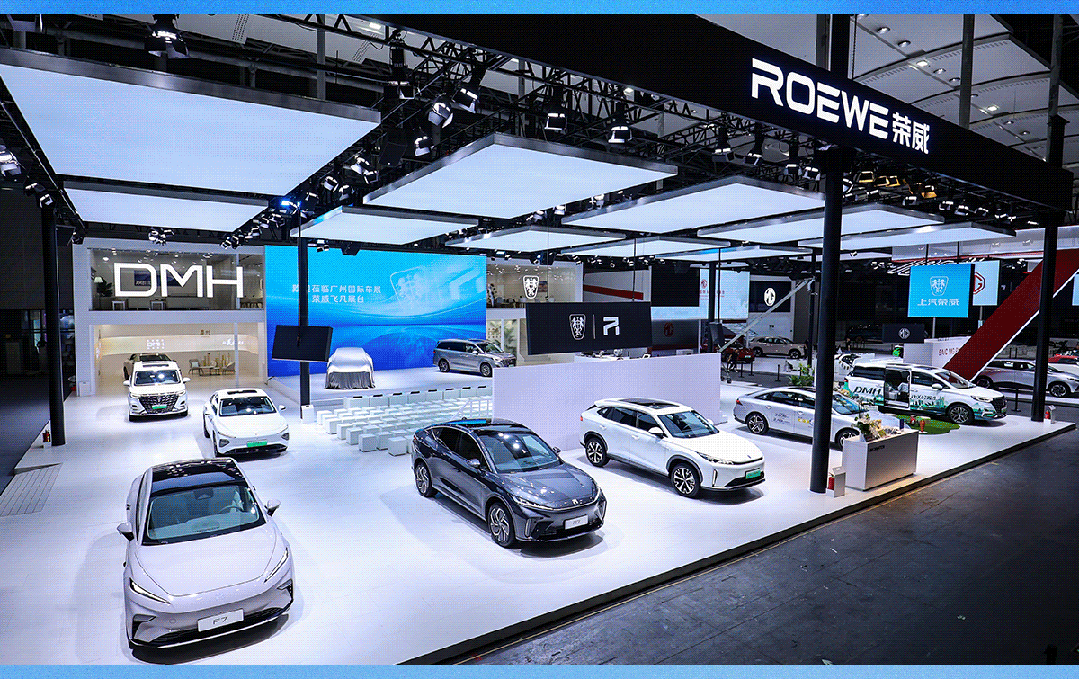A new round of consolidation is quietly brewing in the car market. In the automotive industry, the principle of “unity after division, division after unity” applies. In the domestic market, independent car companies have expanded their brands significantly over the past few years. They launched new brands from low-end to high-end and from traditional fuel vehicles to new energy vehicles. This expansion has driven the recent explosion and prosperity of China’s car market. However, the situation has changed. The industry’s competition intensifies. Price wars escalate. The multi-brand strategy that independent brands rely on becomes harder to sustain. Internal brand conflicts within large automotive groups become the norm. In response, leading car companies begin a new round of strategic contraction. Recently, companies like Geely, SAIC, and Great Wall announced the integration of some brands and resources to improve quality and efficiency. This move signals a new wave of brand consolidation in the automotive industry. Brand integration leads manufacturers to make “subtractions.” On November 14, Geely Holdings announced it would optimize the equity structure of Zeekr and Lynk & Co. Geely Holdings will transfer its 11.3% stake in Zeekr to Geely Automobile Holdings. After the transaction, Geely Automobile’s stake in Zeekr will rise to approximately 62.8%. At the same time, Geely Holdings will also optimize the equity structure of Lynk & Co. After the optimization, Zeekr will hold a 51% stake in Lynk & Co. The remaining 49% will continue to be held by Geely Automobile’s wholly-owned subsidiary.
In the Geely and Lynk & Co deal, Zeekr will acquire a 20% stake in Lynk & Co from Geely for 3.6 billion yuan. Zeekr will also buy a 30% stake from Volvo for 5.4 billion yuan. Additionally, Zeekr will subscribe to Lynk & Co’s new registered capital for 367 million yuan, achieving a 51% controlling stake. Geely’s parent company, Geely Group, emphasizes that Geely Auto is its most important asset. Over the years, the group has injected quality core assets into Geely Auto when needed. This integration of Lynk & Co and Zeekr, along with Geely Auto’s acquisition of Zeekr shares from its parent, continues this practice, said Geely Auto Holdings CEO Guo Shenyue. After this integration, Geely Auto will be the absolute controlling shareholder of Zeekr. It will increase its stake in Lynk & Co from 50% to 81% through Zeekr’s holdings. “Geely Auto remains Geely Group’s flagship listed company. This integration clarifies Geely Auto’s position,” Guo Shenyue stated. Since Geely Holdings announced the “Taizhou Declaration” in September, it has implemented two internal adjustments. The declaration outlined five strategies: strategic focus, strategic integration, strategic synergy, strategic stability, and strategic talent. On October 9, Geely launched its electric A0-class car, the Geely Xingyuan. During the launch, Geely Auto Group CEO Gan Jiayue announced the merger of the Geometry brand into the Galaxy brand. Geometry will now exist as a smart boutique car series under Galaxy. Guo Shenyue noted that the merger of Geometry into Galaxy is the first step in implementing the Taizhou Declaration. On October 21, Geely Auto announced the acquisition of Ningbo Passenger Vehicles to significantly reduce related-party transactions, marking the second step. The optimization of the equity structure for Zeekr and Lynk & Co represents the third and fourth steps. It is noteworthy that Geely is not the only automaker to announce brand integration recently.
On the evening of October 28, SAIC Motor Passenger Vehicle’s official WeChat account published an article titled “SAIC Motor Passenger Vehicle Roewe Feifan, Dreams Combine, Promises Multiply,” along with a video. The article stated, “Roewe and Feifan no longer run alone; they choose to move forward together.” This announcement marks the return of the Feifan brand, which evolved from Roewe over the past three years, back under SAIC Roewe. SAIC Motor Passenger Vehicle has officially launched a deep integration plan for the Roewe and Feifan brands. The company will accelerate collaboration in research and development, marketing, and customer service to double the fulfillment of brand promises. The “R badge” will represent Roewe’s high-end series. This badge will not be limited to pure electric technology but will also include plug-in hybrid and range-extended models. However, this series will not cover pure gasoline models. Also, in late October, Great Wall Motors’ Ora brand announced an “Ora App Migration Notice.” The announcement stated that the Ora App is expected to be removed from major app markets in early December and will officially cease operations by the end of December. Its related service functions will migrate to the Great Wall App. Great Wall Motors aims to integrate content related to vehicle purchasing, usage, maintenance, and lifestyle across its five brands, including Haval, Tank, and Ora. This move supports Great Wall Motors’ “ONE GWM” brand strategy. In other words, besides sharing the app, Ora will also share sales and after-sales channels with other Great Wall brands. Reports indicate that Ora and Haval will integrate their brands. This channel integration signals change. Earlier, SAIC Volkswagen announced a channel integration. It confirmed that Skoda models will sell at SAIC Volkswagen 4S stores. This aims to boost Skoda’s market coverage. These developments show that automakers have reached a crossroads after years of strategic expansion. They must decide whether to deepen their strategies or simplify their existing brands. Traditional automakers tend to choose the latter. In contrast, new domestic brands opt for the former, launching second brands this year. The multi-brand strategy is losing effectiveness. In recent years, domestic automakers experienced two waves of new brand launches. The first wave began around 2016, focusing on high-end development. Key events included Geely’s joint venture with Volvo to form Lynk & Co, and Great Wall Motors launching the premium SUV brand Wey. The second wave started around 2018, concentrating on the transition to electric vehicles. New brands like Great Wall Ora, Changan NIO, GAC Aion, Geely Geometry, and Dongfeng Land Rover emerged during this period. Overall, these brand expansions have led to significant progress in China’s automotive industry, both in high-end markets and electrification. Today, industry competition intensifies. The issues of intra-industry competition and resource waste behind multi-brand collaboration become evident.
Guo Shengyue stated that despite Zeekr and Lynk & Co having different positions, their vehicle prices overlap. Without integration, they will face internal competition and conflicts. He added that in areas like R&D, architecture, and sales, they will see duplicated investments. In China’s competitive auto market, efficient resource sharing is crucial. Scale can drive down costs and enhance competitiveness. Without integration, neither Lynk & Co nor Zeekr can improve their overall competitiveness. He believes the integration will bring five major benefits: first, it will eliminate internal competition; second, it will complement brand positioning and enhance product offerings; third, it will unify product architecture and enhance R&D capabilities; fourth, it will complement sales networks and expand user reach; fifth, it will improve economies of scale and drive cost reduction. Specifically, Zeekr CEO An Conghui pointed out that Zeekr and Lynk & Co will maintain a dual-brand strategy and remain relatively independent in the market. Zeekr positions itself as a luxury tech brand, targeting the high-end luxury market. Lynk & Co positions itself as a global mid-to-high-end new energy brand, covering the mid-to-high-end market. The two brands differentiate themselves to maximize market coverage. In terms of products, they avoid conflicts by focusing on different vehicle sizes and energy types. Zeekr targets mid-to-large models, with medium cars focusing on pure electric and large cars on hybrid. Lynk & Co emphasizes small and medium models, with small cars focusing on pure electric and medium cars on hybrid power. They will also collaborate closely on technology. Over the next 2-3 years, they aim to integrate resources in vehicle architecture, electronic architecture, three-electric systems, cabins, and smart driving. However, Lynk & Co will maintain the Flyme application, while Zeekr will keep Zeekr OS. Through these integrations, An Conghui expects both brands to reduce R&D investment by 10%-20%. In the supply chain, they anticipate a 5%-8% reduction in overall vehicle BOM costs due to scale collaboration. In manufacturing, they expect to improve capacity utilization by 3%-5%. Support and service departments may also lower costs by 10%-20%. Guisheng Yue pointed out that Volvo has exited the Lynk & Co shareholder structure. However, Volvo will still support Lynk & Co’s overseas development, especially in Europe. With the merger of Zeekr and Lynk & Co, the two brands will enhance business collaboration. This year, they expect a combined delivery of 500,000 vehicles.
The brand integration will create significant synergies for Zeekr, Lynk & Co, Galaxy, Geometry, Roewe, and Feifan. For Geometry, Geely plans to integrate Galaxy’s 11-in-1 smart electric drive and FlymeAuto technologies into its system. This will form a larger Galaxy brand. Geometry’s entire dealer network will join Galaxy’s B network, undergoing a comprehensive upgrade. Roewe and Feifan are also accelerating resource integration. They have nearly 80 dual-authorized stores open. They expect to reach 100 by year-end. However, this deep integration may signal strategic contraction for weaker brands. Some brands risk further marginalization. Brands with unclear market positioning, weak technology, and low product competitiveness face greater integration risks amid fierce market competition. In the near future, leading automakers will drive further competition in the smart electric vehicle sector. The automotive industry may see deeper integration, potentially sparking a new round of market eliminations.



